One of the biggest problems that we as a society face today is digital literacy. We all like to think that we are good with technology and not only that, but that we are able to figure out what is true and what isn’t. Truth be told, it’s just not as simple as we want it to be. Fake images can be created that look real, that just trick us into thinking that it’s authentic, and buying into whatever it’s saying. This kind of thing is just the thing that can be used to radicalize people, as you can put out fake stories in hopes of getting people to change their opinions. The example that was used, a fake Donald Trump tweet, is a great example of this. Donald Trump was already extremely disliked, so seeing a tweet like that would feed into confirmation biases.
One of our jobs, especially as Social Studies educators, is to teach our students how they can differentiate from real news and fake, doctored news that is made for a laugh or deliberately to trick you. It’s unfortunate that’s where our world is, but we have to adjust to our society and the environment in which we learn. If we want our classrooms to have a variety of projects, especially projects that include social media, then having digital literacy is a must. Teaching digital literacy to students with an emphasis on new literacy will help students in the social studies classroom. But it will also help them in college and in the real world. Being able to look at something from an alternative perspective or being able to tell when something is real or fake is a very useful skill for our world today.
Like I said before, it’s unfortunate that this is a topic of discussion and that we are having problems like this. But, it is a great opportunity to educate people on the internet and social media and the healthy ways that you can interact with social media. Social media is an extremely useful tool when used the right way, and it’s our job as educators to get that message across in the best way possible.

I agree I think it is unfortunate that we have to discuss this topic. Educating future students on digital literacy is going to be a great opportunity to help our students grow, in ways that previous generations haven’t before.
Misinformation spreads like wildfire on the internet. It is our job as teachers to show students how to find the wrong information when online.
I agree that it is unfortunate that we have to discuss this topic, but also that social media can be a useful tool that can educate people. Especially with how prominent social media is in our world today and specifically in the younger generation, we as educators have to take this opportunity to show them social media in a positive way.